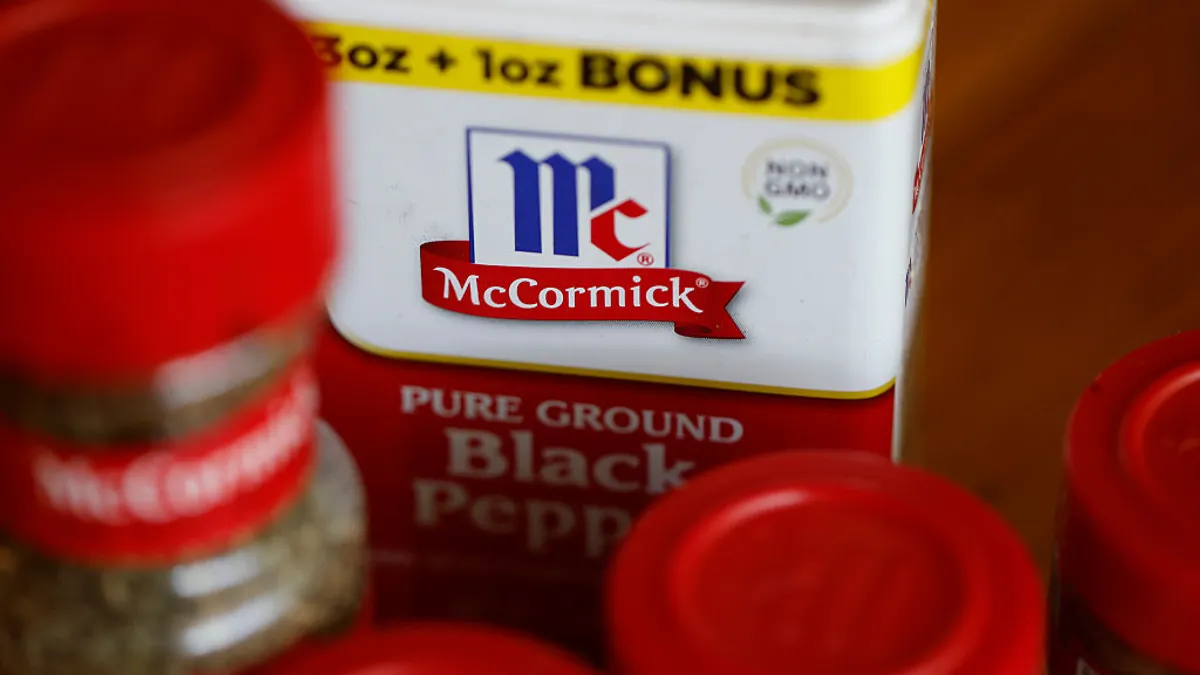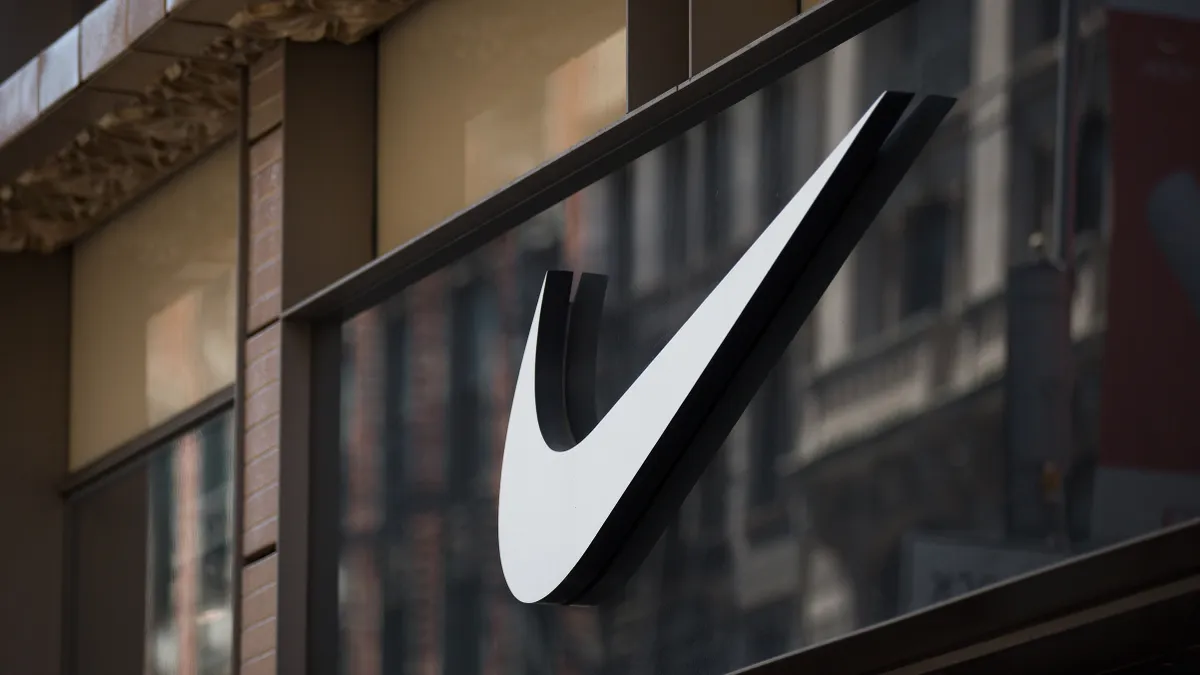While companies merge for many reasons, taking advantage of economies of scale is a big one. Procurement is a natural place to realize cost savings, making the loans and debts required to enjoin companies workable.
Doing a good job merging procurement departments can mean the difference between the merged company’s financial success and failure. "Procurement is always looking for scale," Peter Bolstorff, EVP of corporate development for the Association for Supply Chain Management (ASCM), told Supply Chain Dive. Increased volume of shared materials makes it easier to negotiate better deals.
For manufacturing companies, procured goods and services typically represent 60-80% of the company’s total costs, said Efficio Consulting COO and co-founder Alex Klein, in an email to Supply Chain Dive. Procurement costs are also substantial for services companies like banks, where an estimated 30-40% of spending is related to procurement, often in areas of indirect spend like IT, marketing, logistics and office supplies. "Procurement will represent a large proportion of post-integration cost savings," Klein said.
The greatest savings come in negotiating pricing in purchased materials and services, according to Klein. Pricing changes are most significant if the purchasing volume increases, ideally when merging two equal-size organizations. "If the volume of the new/acquired unit is tiny compared to the parent company, then the impact is minimal," he said.
Navigation starts before sealing the deal
Ideally the procurement department is brought in during the due diligence period to analyze savings opportunities before deciding whether to merge or acquire another company. That allows executives to discuss the merger motivations and assess procurement’s role.
"The biggest reason to have procurement involved in the beginning is to mitigate risk," Bolstorff said. "You’re not going to be able to know everything, but you can ask, why are we doing the merger, and how do we understand the risks and opportunities as they relate to procurement?"
Those answers can inform the deal and also increase the negotiating power of the acquiring company. In addition, it will help executives understand the potential amount of costs and effort expected for systems integration. "Even if you’re using the same system, one may be using it well, one may not," Bolstorff said.
"The biggest reason to have procurement involved in the beginning is to mitigate risk."

Peter Bolstorff
EVP of corporate development, Association for Supply Chain Management
A merger is a good time to consider digital investments for the supply chain in areas like collaboration, blockchain, machine learning and technology platforms that increase procurement capabilities, said Bolstorff. Procurement technology can automate the process of analyzing potentially thousands of SKUs to understand which are best negotiated and how they rank against other SKUs, Stan Garber, president of strategic sourcing platform Scout RFP, told Supply Chain Dive. Software can be used for a reverse auction to bid down the price in a live environment and can streamline the sourcing and procurement process.
As part of the due diligence, it’s easiest if both companies have category plans, laying out what the departments plan to do in the coming years in IT, facilities, travel and other areas. Having plans in place allows for like comparisons, so assessments can move more quickly and accurately.
Examining the contracting clauses ahead of the merger is vital. "A lot of companies aren’t sophisticated in the contracting process," Garber said. He continued to say that if companies can’t get out of contracts during the merger, that is a huge liability. "It will make moving supplier bases almost impossible," he told Supply Chain Dive. "If contracts can’t be canceled with terms of change, and you’re locked in, there’s not a whole lot you can do with spending.”
During a merger, suppliers are on pins and needles, as contracts are either immediately up for negotiation, or will be renegotiated at the end of the contract term. That gives the buyer a lot of leverage.
Sometimes getting better rates is the goal of procurement changes. But rates aren’t the only factor. Consider a supplier’s quality, on-time delivery levels and innovations, said Garber. "You may find out that one supplier has a different way of doing business which may cost more but have a better outcome."
A timeline for procurement changes after a merger
Bolstorff recommends using four lenses to consider during each of three implementation phases: planning or due diligence, tactical sourcing and strategic sourcing. The lenses to consider during each phase are process, material, people and technology.
While each company’s timing may be different in implementing procurement changes post-merger, there are some general guidelines.
The due diligence planning process, to understand the four key areas (process, materials, people and technology), should take about three months. Tactical planning is usually finished six to 12 months after the merger, said Bolstorff. The integration process takes place in year two. "Companies who don’t do a good job at due diligence and don’t have a commodity strategy heading into the merger are operating from ground up, and it takes longer," he said.
Another way to look at it is to complete Tier 1 procurement in the first year, said Garber, and to complete Tier 2 procurement in year two.
| Phase of integration | Timeline |
|---|---|
| Planning/due diligence | 3 months |
| Tactical sourcing | 6-12 months |
| Strategic sourcing | After 12 months |
After the merger is complete, the faster the procurement integration is implemented, the faster savings are realized.
The first task is to analyze both companies’ joint spend, said Klein, determining the largest volume of overlap. "This provides the blueprint for a logical plan of attack," he told Supply Chain Dive, understanding the most significant volume increases to leverage for better terms and prices. He looks at where different suppliers are used for the same goods and services, and where the same suppliers are used, but with different pricing. Companies can sift through their supplier mix to decrease the number of vendors selling them the same products or services.
Establishing KPIs for post-merger procurement departments
Garber said from the beginning, start thinking of putting supplier performance measures in place, to help evaluate at least the Tier 1 suppliers going forward. Savings achieved are one type of procurement metric post-merger. Others, said Bolstorff, include:
- Delivered performance/reliability: how procurement is improving reliability and a more predictable source of supply.
- Agility: how the supply base is responding more quickly to unplanned demands.
- Cost of product: efficiency of material and supply chain material acquisition (the material cost can be low, but the supply chain cost might be high due to inefficient processes).
- Inventory: how effectively the company is leveraging the merger and commodities strategy in procurement to position the inventory.
Some organizations bring in outside consultants to help evaluate suppliers and establish KPIs. "Everybody’s suppliers think theirs are the best," said Garber, and consultants can help eliminate those bottlenecks.
But the most successful companies are thinking about KPIs, suppliers and procurement integration even before implementation. As a result, "the good ones come out of that integration faster, and leverage performance faster," Bolstorff said.
This story was first published in our weekly newsletter, Supply Chain Dive: Procurement. Sign up here.





















